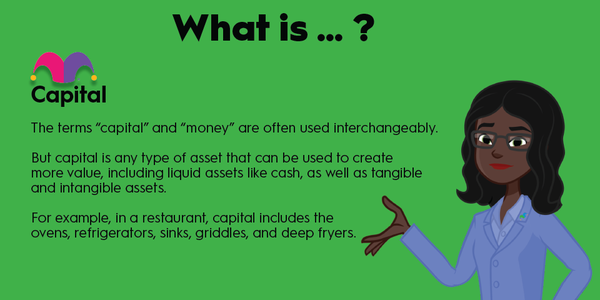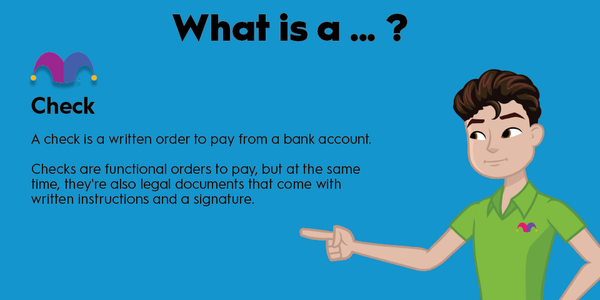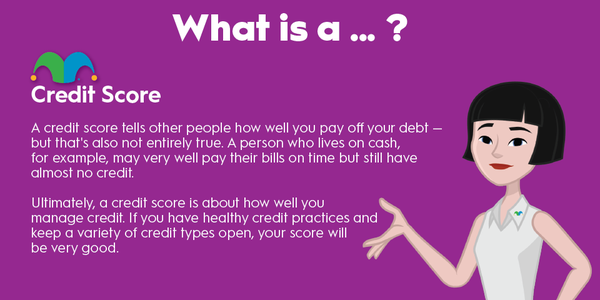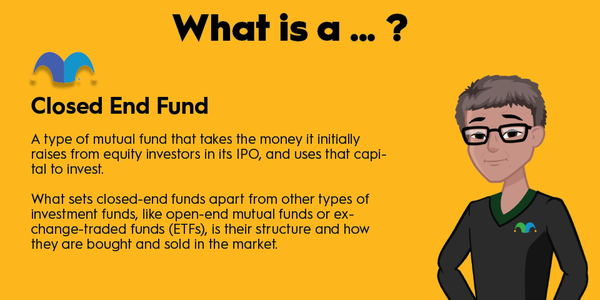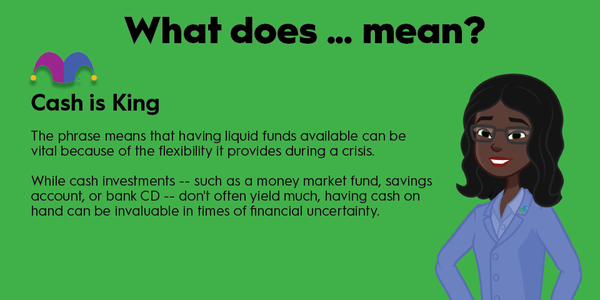A central bank digital currency (CBDC) is a digital version of government-backed, fiat money. This type of digital currency is issued by a central bank and tied to the country's national currency.
CBDCs are most similar to stablecoins, which are cryptocurrencies that are pegged to fiat money and attempt to maintain the same value. The main difference is that the world's governments issue CBDCs.
More than 80 countries around the world are researching or developing CBDCs, and they're at various stages of the process. Some have inactive or canceled projects, while others have already launched their digital currencies. Since CBDCs could affect the crypto market, understanding them is important if you're investing in cryptocurrency.

How does it work?
How does central bank digital currency (CBDC) work?
Each CBDC is a digital representation of a country's existing fiat money, and it works the same way. Since many countries are working on their own CBDCs, there will likely be differences in how they work, but they follow the same basic model.
The country's central bank issues its CBDC, which has the backing of the federal government. That CBDC can then be used as legal tender for transactions such as paying employees or buying goods and services.
This may sound familiar to what we already have. After all, you can transfer money from your bank account to a friend's account at another bank, and it will all happen digitally. However, with a CBDC, this type of transaction wouldn't need to pass through multiple banks and take several business days. It could all happen nearly instantaneously on one digital ledger.
Consumers also wouldn't need a commercial bank account to use a CBDC. For those who are unbanked, CBDCs would provide a way to transfer money digitally.
Types
Types of central bank digital currencies (CBDCs)
There are two types of CBDCs: retail and wholesale, as well as hybrids that combine elements of the two. Here's what makes these different and how they work.
Retail central bank digital currencies
Retail CBDCs are issued to the general public. Under this model, consumers are able to own a CBDC in a wallet or account and use it for payments.
This type of CBDC would serve as a public digital banking option that anyone can use. It could be especially helpful for consumers who can't access traditional banking services. There's also no risk of a bank failure since the funds are backed by the government.
Quite a few countries have chosen to pursue the retail CBDC model, including the U.S. The Bahamas, which was the first country to launch a widely available CBDC, also chose the retail model.
Wholesale central bank digital currencies
Wholesale CBDCs would be used by financial institutions. Banks and other financial institutions could use a central bank's CBDC to transfer funds and settle transactions more quickly. While this type of CBDC would improve efficiency for domestic payments, it could also be very useful for cross-border payments.
Another benefit of a wholesale CBDC is improved security. The digital ledger these currencies use to process and record transactions could help prevent banking fraud.
A few countries are focused on a wholesale CBDC, including Singapore, Malaysia, and Saudi Arabia. But most are developing either a retail or hybrid CBDC.
Pros and Cons
Pros and cons to CBDCs
Here are the biggest pros and cons of CBDCs:
| Pros | Cons |
|---|---|
| More efficient and secure payments. | Central banks have complete control. |
| Allow consumers to use central bank directly. | Less privacy for users. |
| Eliminate risk of a commercial bank collapse. | Difficult to attain widespread adoption. |
| Easy to track. | Possible competition between central and commercial banks. |
Source: Author.
There are several advantages to countries implementing their own CBDCs, including:
- A CBDC could lead to transactions that are much faster, cheaper, and more secure, which benefits everyone involved.
- In countries that create retail CBDCs, consumers can get direct access to central bank funds. Many countries have large unbanked populations, and CBDCs could help solve this problem.
- Consumers wouldn't need to risk storing their money with a commercial bank that could potentially collapse. As long as their country's central bank is stable, their funds are safe.
- Since all CBDC transactions are recorded on a digital ledger, money is much easier to track this way. That could help authorities detect fraud and other illicit activities.
On the other hand, there are also several potential drawbacks to CBDCs:
- A country's central bank would have full control over its CBDC. The central bank could, theoretically, decide to put restrictions on the types of transactions it allows.
- The central bank would have data on every transaction and at least some data on the CBDC's users. Anytime a large organization has so much user data, there's the potential for privacy issues.
- It will take time for CBDCs to catch on. Some members of the population won't have the means to access digital currencies. Others may be reluctant because they don't trust digital currencies.
- If consumers have access to retail CBDCs, commercial banks could lose a significant portion of their business. This would be bad for banks and could also impact the stock market since bank stocks could drop in value.
CBDC vs. cryptocurrency
CBDCs are not cryptocurrencies. Although the idea for CBDCs came from cryptocurrencies, they are two very different types of digital currencies.
The key difference between CBDCs and cryptocurrency is centralization. A cryptocurrency is a decentralized digital currency, meaning there's no central party that controls it. Transactions are processed and recorded on a blockchain, which is a public, distributed ledger. As the name implies, a central bank digital currency is controlled by a central bank.
Cryptocurrency also provides much greater privacy than CBDCs. Transactions are sent and received through wallet addresses, and it's possible to retain some degree of anonymity. Certain types of cryptocurrency are even thought to be untraceable. With a CBDC, the central bank will have a record of users and their transactions.
Examples
Examples of central bank digital currencies (CBDCs)
Most CBDCs are in the research or development stage, but there are a few that have launched. Here are some examples of CBDCs that are either available or being tested in different countries:
- The Bahamas has launched the Sand Dollar, a digital version of the Bahamian dollar. It's issued by the Central Bank of the Bahamas through authorized financial institutions.
- China is testing a digital yuan, also known as the digital renminbi or digital RMB. Among countries with the largest economies, China has gotten the furthest in developing its CBDC.
- Nigeria is rolling out the eNaira, which records transactions on a centralized blockchain ledger. It's the first African nation to launch a CBDC.
The U.S. is researching the costs and benefits of launching a CBDC, but, of the nations with the largest banks, it's the furthest behind, according to the Atlantic Council.
We're still in the early phases of CBDCs, but it's clearly an idea that's catching on. The countries that are exploring them represent more than 90% of the world's total gross domestic product (GDP). While CBDCs may not entirely replace cash, we'll likely see most countries at least implement their own digital currencies in some way.











